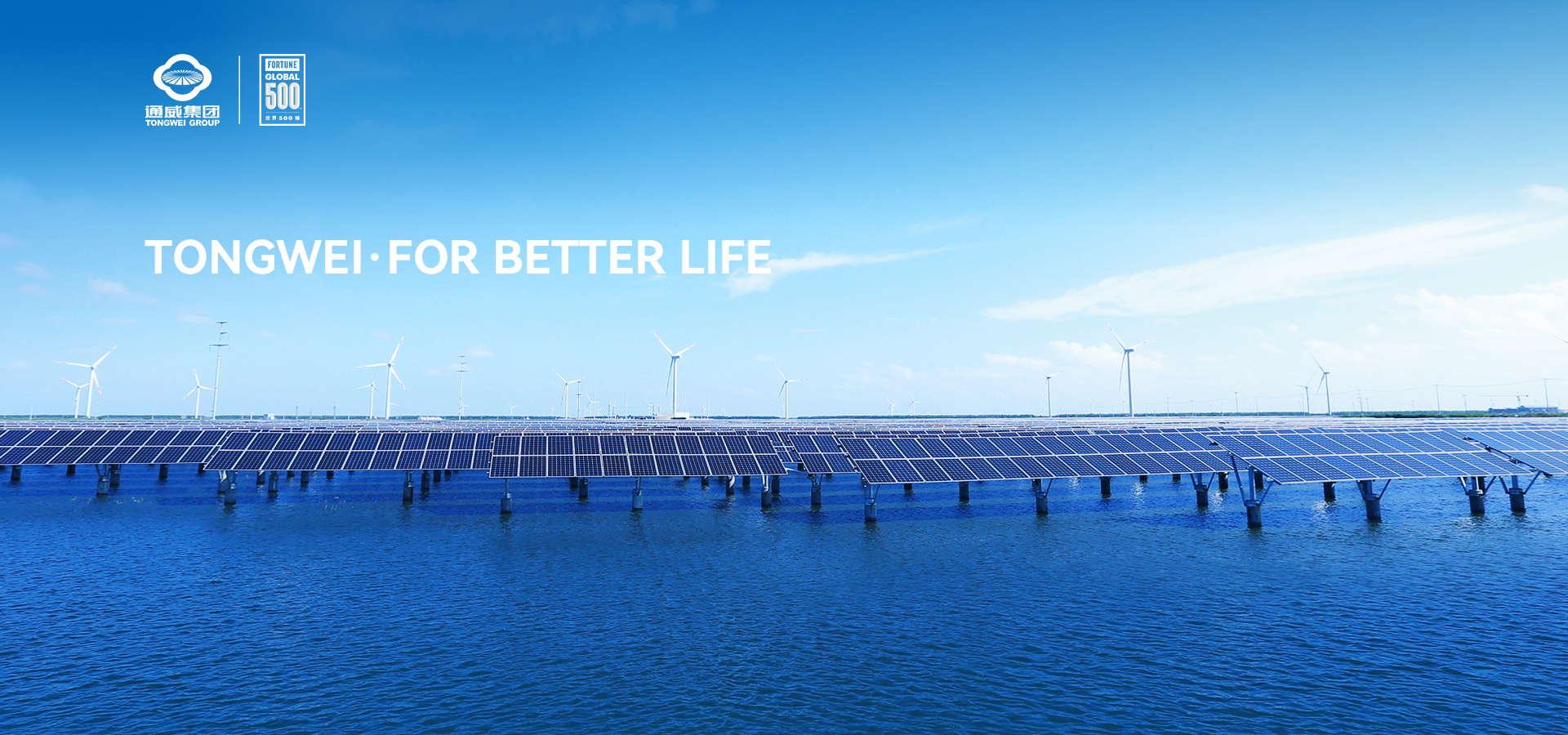2014-03-10
During the Two Sessions 2014, committee member of the CPPCC Liu Hanyuan made the proposal of including fisheries insurance into national financial subsidy. According to 2014 Document No.1 of the Central Government, agricultural insurance shall be enhanced to regulate agricultural insurance activities, protect the legitimate rights and interests of the parties engaged in agricultural insurance activities, improve farmers’ capacity to withstand risks, and promote the healthy development of the sector by means of discount, incentives, risk compensation, and tax relief. For places with favorable conditions, premium subsidy shall be provided.
According to the Ministry of Agriculture Report, January 15, 2014, last year China’s total fishery output value reached RMB¥ 1.992 trillion , an increase of 15% over the previous year. The total fishery output volume reached 61.72 million tons, among which, aquaculture output reached 45.47 million tons, capture output reached 14.95 million tons. The total fishery population exceeded 20 million. Fishermen’s averaged income reached 13039 yuan.
In international trade, the total import and export amount of fisheries arrived at 8.129 million tons, with a year-on-year growth of 2.58%.Total import and export volume reached USD$2.89 million, with a year-on-year growth of 7.12%. Trade surplus amounted to USD$ 11.63 billion. The three import/export indicators ranked No. 1 in the world for consecutive 13 years, occupying the largest share of China’s agricultural product export. Fishery production is not only an important source of high quality protein, but more importantly, the assurance for China’s market price stability and food safety. The role of aquaculture has taken an increasingly prominent position in fishery production.
However, China is located in the monsoon climate zone, across multiple seismic zones, with frequent natural disasters of typhoons , floods , droughts, diseases each year, causing direct economic loss of nearly RMB¥30 billion. Mr. Liu further pointed out, the fishery insurance shall take the model of overall plan at the municipal level and cost accounting at the county level. Insurance pilot can be carried out, combining local superior varieties. Object of insurance covers two ecosystems of freshwater and seawater with species including fish, crustaceans, shellfish, algae, and mollusks. The insured liability covers four categories of natural disasters (typhoons, floods, etc.), pests, diseases, and environmental pollution (red tide, water pollution, etc.), and accidents (fire, explosion, collapse of buildings, etc.).
To meet the specific needs of a particular risk prevention, new insurance products shall be explored and launched. For instance, Jiangsu and Zhejiang have included weather index into the insurance liability coverage, which effectively satisfies insurance needs, and also significantly reduces loss assessment cost.
Mr. Liu Hanyuan said, there is still a big gap between the current level /capability of guarantee and China’s internal needs of fishery and aquaculture development. For various reasons, even the insurance in pilot areas have not been 100% covered. More importantly, the enforcement of guarantee is relatively limited, with some places taking measures such as "setting payment cap" and "limiting number of claims". Meanwhile, there are plenty of non-pilot areas, where insurance is basically in a "vacuum" state.
Mr. Liu believes that the "three high and one low" phenomenon prevails, namely, "high payment rate, high rate, high operating cost, and low level of guarantee". By objective factors, China’s aquaculture insurance loss ratio has been high. In the foreseeable future, the loss ratio will be obstinately high. The current rates for fishery and aquaculture products maintain at a high level of 5%. Fishermen are therefore under great pressure. Peeling off financial support will greatly weaken fishermen’s desire to participate. In addition, the high operating cost of aquaculture insurance is caused by its great span of space and time, product diversification, and technical difficulty in loss assessment. For the above-mentioned factors, only generally calculating the management cost rate of 8% -16% will still lead to great difficulty to maintain objectively. Affected by these factors, the risk provisions for China’s fishery and aquaculture is relatively insufficient, providing limited guarantee, restricting further development of aquaculture insurance. The fundamental problem is lack of investment.
Mr. Liu suggested launch a national aquaculture insurance subsidy policy, covering two systems of inland freshwater aquaculture and marine fish farming. Relying on the existing trial products of fishery and aquaculture insurance, subsidy target and objective shall be specified. He further suggested the national subsidy standard not less than 30% of insurance premium, ranging between 30%-40% ideally, by means of direct subsidy.
Mr. Liu pointed out, the primary target of the insurance policy should be on production recovery. By insurance compensation mechanism, insurance replacing subsidy, compensation replacing subsidy could be achieved, transferring generally beneficial subsidy into targeted compensation system. Finally, Mr. Liu Hanyuan suggested the State include fishery and aquaculture insurance into agricultural insurance major disaster risk system for overall planning and management, or make the provisions for major disaster risks into excess of reinsurance.

